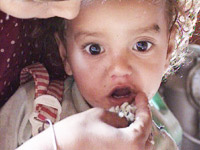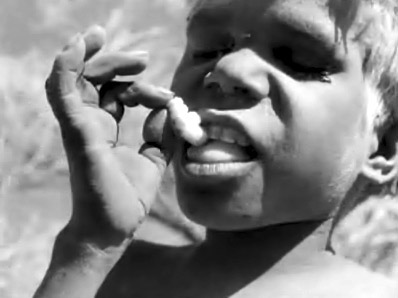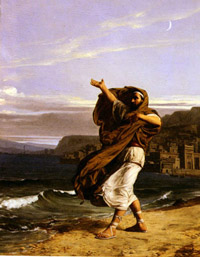|
Anthropology in the News
|
|
||||||||||||||||||||||||||||||||||
 "Palermo,Sicily Italy |
 A Fistfull of Rice Nepal |
 Claire Kathleen Roufs U.S.A. |
 "Eating Rat At The New Year" Vietnam National Geographic |
 Desert People Australia |
Research Project and Presentation
for
Anthropology of Food

Demosthenes Practising Oratory (1870)
Jean-Jules-Antoine Lecomte du Nouÿ (1842–1923)
Wikipedia
AUDIENCE
PURPOSE
STYLE
Begin thinking about your project early in the semester
Talk/communicate with others about what they are doing, and share your ideas
| Main Due Dates for Project Materials (You will be given reminders during the semester.) |
||||
| Week 2 | su2025 Live Chat for Picking a Project Topic Week 2, Tuesday, 17 June 2025, 7:00-8:00 CDT Sign in on These are optional. If you can not make them live e-mail or e-Zoom. |
|||
| Week 3 | su2025 Wk 4 Informal Project Statement, or Project Proposal |
|||
| Week 4 | su2025 Project's formal Promissory Abstract |
|||
| Week 7 | Your Presentation will be on-line. | |||
Preparing Your "Informal Proposal"
Between now and then I will have a look at your informal proposal and give you some feedback on it, including instructions on how to proceed with your Promissory Abstract.) For the "Promissory Abstract" "Problem / Project Statement / Proposal"
su2025 Wk 4 Informal Project Statement, or Project Proposal |
NOTE: Try to work an analytical section into your Presentation and Paper, and at least think about approaching your Anth of Food term Project from the traditional "four-field" approach of American Anthropology. If the "four-field" approach does not work as a major appoach, consider at least addressing in summary form the relationship of your chosen topic(s) to traditional American Anthropology. That is, whatever your topic, look at it through an Anthropological lens. For a review of what that's all about, have a look at the Main Characteristics of Anthropology slides (.pptx). When relevant to your topic be sure to work in what is happening now; that is, where appropriate, relate it to current affairs. And always keep in mind the basic elements of writing:
|
|
||||||||||||||||||||||||
|
||||||||||||||||||||||||
When relevant to your topic be sure to work in what is happening now; that is, where appropriate, relate it to current affairs. For e.g., if you are doing a project on the role of fire/cooking in prehistoric times include relevant items from Eating Culture, 2nd Edition, The Omnivore's Dilemma, and/or The Language of Food . . . and from the relevant class slides, for e.g., from Diet and Human Evolution: Introduction |
|
|
|
|
||||||||||||||||||
| Other: check Canvas |
Exams: Midterm |
Project |
Discussions |
|---|
 Page URL: http:// www.d.umn.edu /cla/faculty/troufs/anthfood/afproject.html Site Information |
||
View Stats |
|